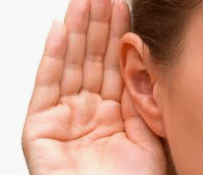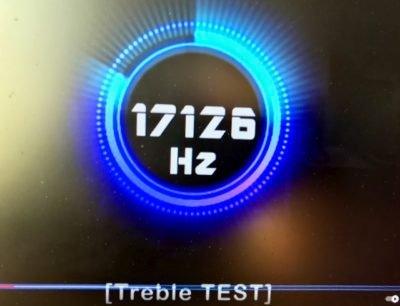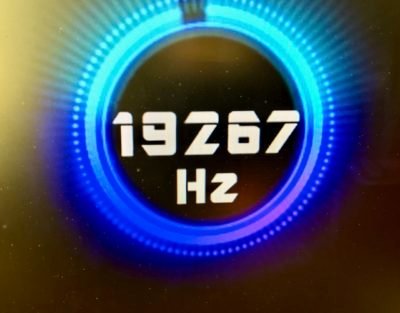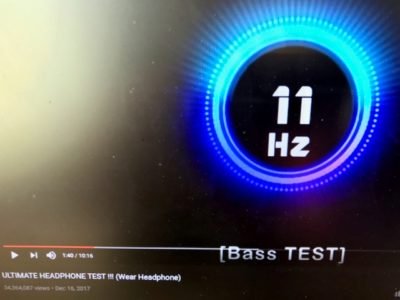
Audiophile hearing
Our range describes the range of frequencies heard by humans or other animals. And can also refer to the degree of levels. The human capacity is 20 to 20,000 Hz. However, there is considerable variation between individuals, especially at high frequencies. A gradual loss of sensitivity to higher frequencies with age is considered normal. Sensitivity also varies with frequency, as shown by equal-loudness contours. And, routine investigation for loss usually involves an audiogram showing threshold levels relative to normal. Audiophile hearing testing
Several animal species can hear frequencies well beyond the human range. Dolphins and bats, for example, listen to frequencies up to 100,000 Hz. Elephants can hear sounds at 14–16 Hz. And, a species of whales can hear infrasonic sounds as low as 7 Hz.
Hearing loss
Partial or total inability to hear. And maybe present at birth or acquired any time afterwards. Also, it may occur in one or both ears and can be temporary or permanent. Hearing loss related to age usually affects both ears and is due to cochlear hair cell loss. And it was maybe caused by several factors, including genetics, ageing, noise exposure—also, some infections, birth complications, trauma to the ear, and certain medications or toxins. A common condition resulting in loss is chronic ear infections. And, diagnosed when hearing testing finds that a person cannot hear 25 decibels in at least one ear.
And can be categorised as mild (25 to 40 dB), moderate (41 to 55 dB), severe (71 to 90 dB), or profound (greater than 90 dB). There are three main loss types: conductive, sensorineural and mixed. And, over 1.5 billion people, to some degree, are affected.
Testing

Results
The program used on the computer for testing was simple and worked well. And, we ran it several times through the system speakers and also through the headphones. The result was excellent and proved that I could certainly hear what I am supposed to, which made me very happy!
Lows
The low-frequency test performed, and I heard down to 11 Hz, which I thought was excellent. This test was performed on the headphones and with the audio system (which had a superb subwoofer in place). And I was able to hear and feel the signal down to 11 Hz. The final tone went down to 10 Hz, so I got nearly to the Maximum!
Highs

Conclusion

Afterthought Audiophile hearing testing
Audiophile cables and testing of the cables is a vast topic. I think a problem we face is just how good the person’s ears are testing. I have tried many cables with many people in many systems, and I am always able to a difference. But in some cases, the people I am showing the cables to cannot hear a difference.
Some people have youtube channels and say a cable is a cable, and it is impossible to hear a difference. And, there are people with Youtube channels who say yes, you can listen to a difference.
I say let your ears be your guide as only you can hear what is good for you!
If you have enjoyed reading this ‘Audiophile hearing testing’ article, please share it with friends – thank you.
Author: Paul A. Goodwin (Perkune audiophile cables)
Dated: 20/03/2021
Perkune – Best budget Audiophile Cables


